National Katyn Memorial
Introduction
Text-to-speech Audio
The National Katyn Memorial in downtown Baltimore memorializes the little-known, 1940 massacre of Polish nationals at the hands of the Soviets. Knowledge of massacre during WWII was quite contentious because it was the Germans who, in April 1943, discovered 5,000 Polish officer-prisoners in the Katyn forest. Being a German discovery, many thought the massacre as propaganda by the Nazi military against the Soviets. A post-war investigation concluded that the Polish were massacred at the hands of the Soviets, but Soviets didn't submit guilt (and knowledge) of the massacre until the Soviet Union fell in 1989.
U.S. Army Major Clement Knefel, who was present at the Nuremberg Trials, spent most of his life dedicated to building a memorial to the victims of this massacre. After founding the Katyn Memorial Committee of Baltimore and fundraising for over a decade, Knefel’s dream was coming to fruition in 1996, as the State of Maryland and various other groups and prominent individuals pledged support for the memorial. On November 19th, 2000, this dream was realized as the National Katyn Memorial was dedicated at Katyn Circle in Baltimore’s Inner Harbor.
Images
National Katyń Memorial
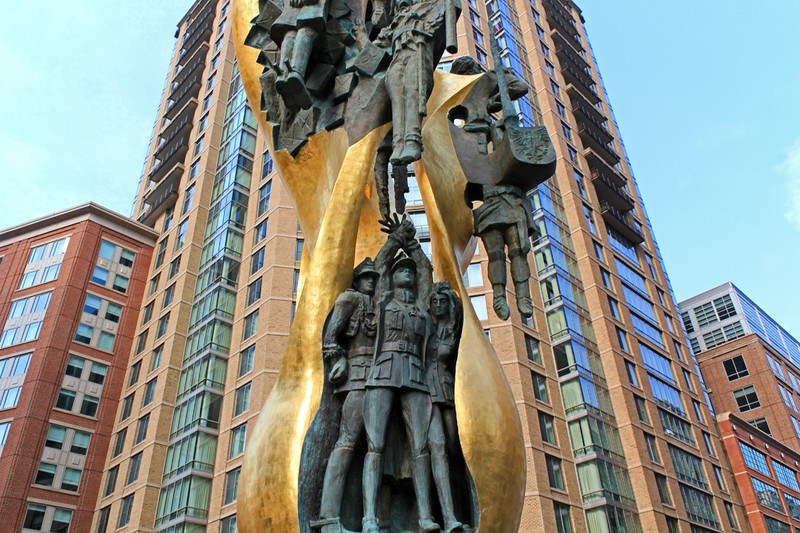
Aerial view of the National Katyń Memorial
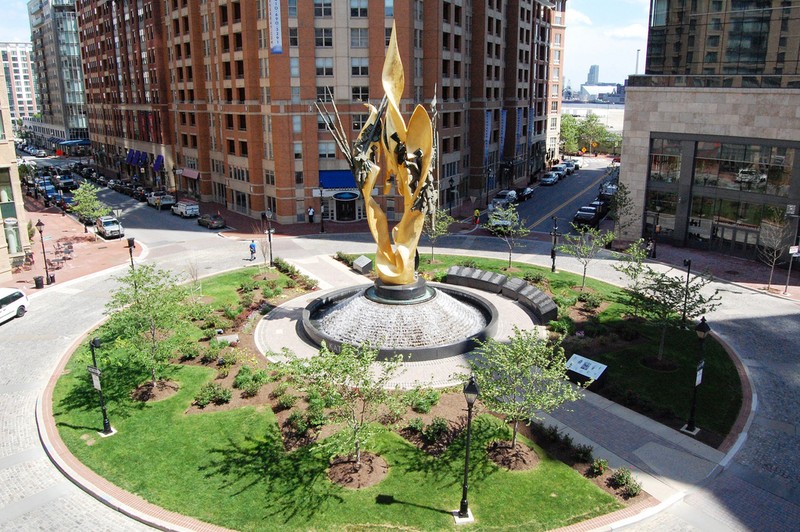
A mass grave at Katyn, 1943
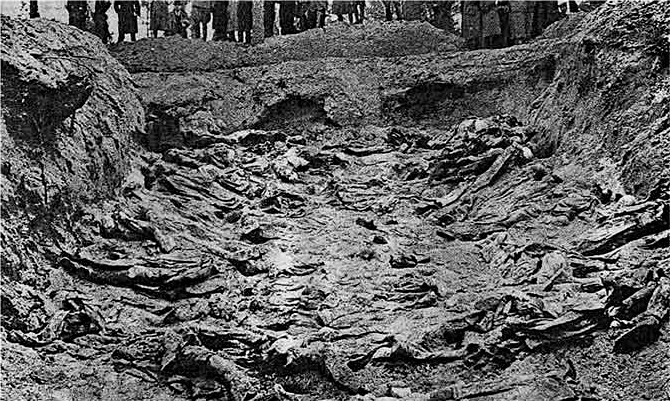
German propaganda poster showing the Soviets behind the murders
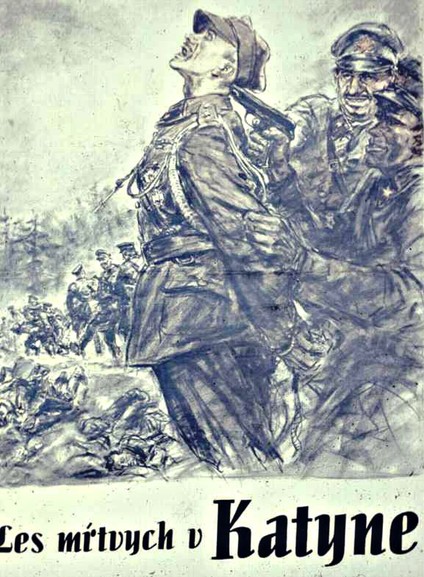
Katyn: Stalin's Massacre and the Triumph of Truth
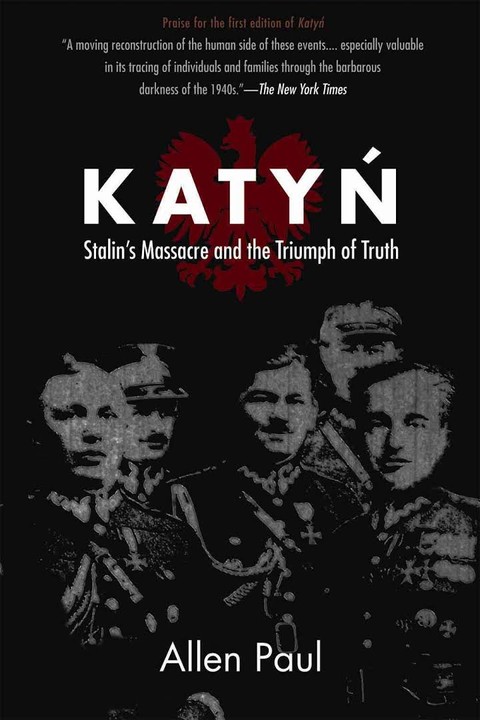
Backstory and Context
Text-to-speech Audio
History of the Katyn Massacre
On September 1st, 1939, Nazi Germany invaded Poland from the west and, on September 17th, the Soviet Union invaded Poland from the east. Both occupiers of the country ruled by terror, and the Soviet Union alone deported some 1.5 million Polish citizens to Siberia and sent another 20,000 Polish soldiers and officers to three prison camps: Kozielsk, Starobielsk, and Ostashkov. Most of these officers were reservists and were doctors, teachers, priests, ministers, and community leaders. Between 1939 and 1940, during the harsh winter, these officers were taking into Soviet forests, 200-300 a day by train, and then, one-by-one, they were murdered with a pistol to the back of the head. The whereabouts of these 20,000 soldiers and officers became a mystery and Stalin denied any knowledge of their disappearance.
It was years later, in April of 1943 in the Katyn Forest in German-occupied Russia, that the Germans found the bodies of nearly 5,000 officer-prisoners. The evidence was used as Nazi propaganda, but the Soviets also tried blaming the Germans for the deaths. The Americans and British, allied with the Soviets, accepted the Soviet version of the story. During the German investigation, American prisoner-of-war Lieutenant Colonel John Van Vliet, Jr., became a witness, and after the war and his release from captivity, he prepared a report claiming that the Soviets were behind the murders. This report disappeared, but in 1951, the U.S. ‘Select Committee to Conduct an Investigation into the Katyñ Forest Massacre’ concluded that, beyond a reasonable doubt, the Soviets had committed the crime. In 1989, at the fall of the Soviet Union, the head of the Communist Party broadly admitted Soviet guilt. Other mass graves were later discovered, and the Katyn Massacre now refers to the murders at all three of the Soviet camps.
The Design of the Memorial
At the Nuremberg Trials, U.S. Army Major Clement Knefel learned of the Katyn Massacre and dedicated his life to commemorating the victims of this crime with a dream of placing a memorial plaque in Patterson Park. In the 1970s, he began raising money for a memorial in Baltimore by selling soft drinks and sandwiches at festivals, and with the $1,600 that he raised after 10 years, he approached the Maryland Division of the Polish American Congress for help to honor the Katyn victims and all mistreated prisoners-of-war. By 1989, the Katyn Memorial Committee of Baltimore was born.
The Maryland legislature and governor approved $200,000 in bond money as well as the land between the harbor and Fells Point. For the monument, Polish sculptor Andrzej Pitynski designed a flame-like monument that was 44 feet tall and edged with rough, seemingly charred, images of soldiers. The location of the monument is important, as many Polish immigrants coming to Baltimore first sighted the area around Fort McHenry and St. Stanislaus Church. Although the Washington Monument is four times taller, many citizens consider the Katyn Massacre memorial to be the tallest sculpture in the city and one of the largest bronze statues on the East Coast.
Sources
Information taken from the National Katyn Memorial Foundation website: http://www.katynbaltimore.com/
